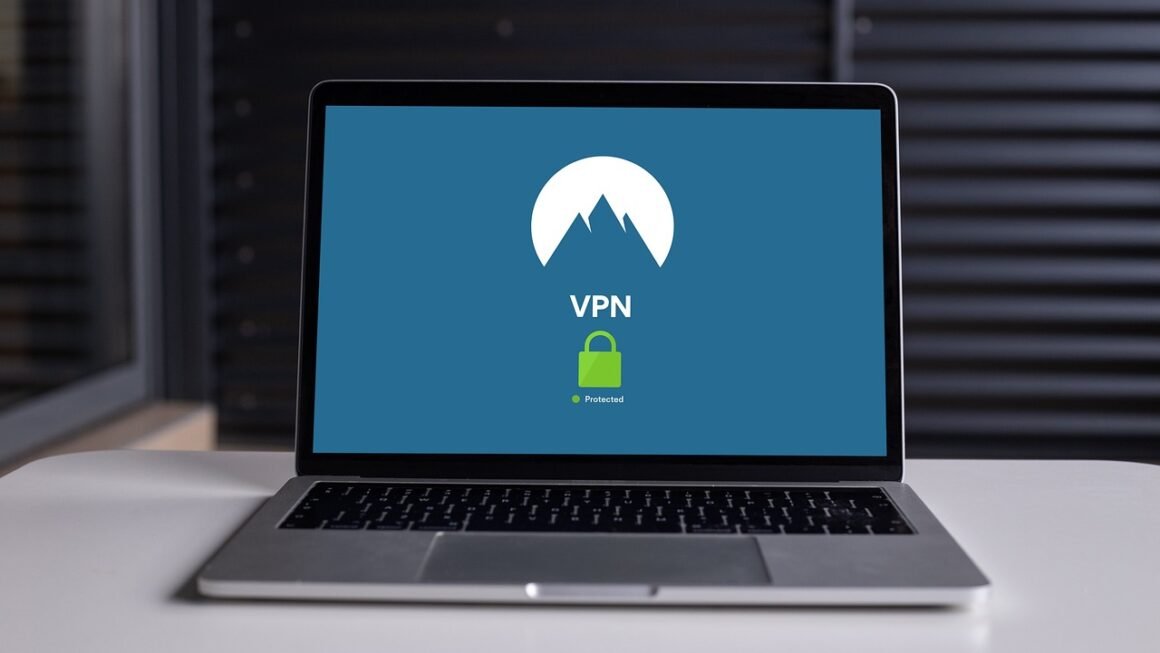Zero Trust Architecture: Securing Your Digital Assets in a Hostile World
In today’s increasingly complex and interconnected digital landscape, traditional security models that operate on the principle of “trust but verify” within a network perimeter are simply no longer sufficient. Cyber threats are evolving at an alarming rate, and breaches are becoming more frequent and sophisticated. This necessitates a paradigm shift in how we approach cybersecurity. Enter Zero Trust Architecture, a security model that assumes no user or device, whether inside or outside the network, should be trusted by default.
Understanding the Core Principles of Zero Trust
Zero Trust is not a product, but a strategic approach to cybersecurity. It’s based on the principle of “never trust, always verify,” meaning that every user, device, and application requesting access to resources must be authenticated and authorized, regardless of their location or network.
Identity-Centric Security
- Focuses on verifying the identity of users and devices before granting access.
- Employs multi-factor authentication (MFA) for stronger verification.
- Leverages identity governance and administration (IGA) solutions to manage user access rights.
- Example: Instead of relying on a simple username and password, a user accessing a company’s financial data must verify their identity through MFA, such as a one-time code sent to their mobile device or biometrics. Their role within the company, and the associated access rights, are continually verified against IGA policies.
Microsegmentation
- Divides the network into smaller, isolated segments.
- Limits the blast radius of a potential breach.
- Controls traffic flow between segments based on strict policies.
- Example: A company’s marketing department should only have access to marketing-related resources, while the engineering department should only have access to engineering resources. If a threat compromises the marketing segment, it should not be able to easily move laterally to the engineering segment.
Least Privilege Access
- Grants users only the minimum level of access required to perform their job functions.
- Reduces the attack surface and limits the potential for data breaches.
- Enforces granular access controls based on roles, attributes, and contextual factors.
- Example: An intern in the human resources department should only have access to certain employee records, not the entire database. Access is granted based on their role and the specific tasks they need to perform.
Continuous Monitoring and Validation
- Constantly monitors network traffic, user behavior, and device posture.
- Identifies and responds to suspicious activity in real-time.
- Enforces continuous validation to ensure users and devices remain compliant with security policies.
- Example: A security information and event management (SIEM) system monitors network logs for unusual activity, such as a user accessing sensitive data outside of their normal working hours or from an unfamiliar location. If suspicious activity is detected, the system can automatically trigger alerts or even block access.
Benefits of Implementing Zero Trust Architecture
Implementing a Zero Trust Architecture offers a multitude of benefits, contributing to a stronger and more resilient security posture. According to a 2022 Forrester report, organizations that have adopted a Zero Trust approach have experienced a 40% reduction in the likelihood of a data breach.
- Reduced Attack Surface: By limiting access and segmenting the network, Zero Trust minimizes the potential attack surface for malicious actors.
- Improved Threat Detection and Response: Continuous monitoring and validation enable faster detection and response to suspicious activity.
- Enhanced Data Protection: Granular access controls and data encryption protect sensitive data from unauthorized access.
- Simplified Compliance: Zero Trust aligns with many regulatory compliance frameworks, such as GDPR and HIPAA.
- Increased Business Agility: Zero Trust enables secure access to resources from anywhere, facilitating remote work and cloud adoption.
Implementing a Zero Trust Architecture: A Practical Guide
Implementing Zero Trust is a journey, not a destination. It requires a phased approach, starting with a thorough assessment of your existing security posture and a clear understanding of your business requirements.
Assessment and Planning
- Identify Critical Assets: Determine which data and resources are most critical to your organization.
- Map Data Flows: Understand how data flows within your network and between different systems.
- Assess Existing Security Controls: Evaluate your current security controls and identify gaps.
- Develop a Zero Trust Roadmap: Create a phased plan for implementing Zero Trust, prioritizing the most critical areas.
Implementation Steps
Tools and Technologies
Numerous security tools and technologies can assist in implementing a Zero Trust architecture. These include:
- Identity and Access Management (IAM) solutions: Okta, Microsoft Entra ID (formerly Azure AD), Ping Identity
- Multi-Factor Authentication (MFA) solutions: Duo Security, Google Authenticator, Authy
- Network Segmentation solutions: Cisco ACI, VMware NSX, Illumio
- Security Information and Event Management (SIEM) solutions: Splunk, QRadar, SentinelOne
- Cloud Access Security Brokers (CASBs): Netskope, McAfee MVISION Cloud, Microsoft Cloud App Security
Addressing Common Challenges in Zero Trust Implementation
While the benefits of Zero Trust are clear, implementing it can present some challenges. Understanding these challenges and having a plan to address them is crucial for a successful implementation.
- Complexity: Implementing Zero Trust can be complex and require significant expertise. Consider partnering with experienced security consultants to guide the process.
- User Experience: Zero Trust can impact the user experience if not implemented carefully. Strive for a balance between security and usability. Gather user feedback throughout the implementation process.
- Legacy Systems: Integrating Zero Trust with legacy systems can be challenging. Prioritize critical systems and consider gradual migration strategies.
- Cost: Implementing Zero Trust can be expensive, requiring investments in new technologies and training. A phased approach can help manage costs.
Conclusion
Zero Trust Architecture is no longer a futuristic concept but a critical necessity for organizations seeking to protect their digital assets in today’s threat landscape. By embracing the principles of “never trust, always verify,” organizations can significantly reduce their risk of data breaches and improve their overall security posture. While the implementation process can be complex, the benefits of Zero Trust far outweigh the challenges. By carefully planning and executing a phased approach, organizations can successfully implement Zero Trust and achieve a more secure and resilient digital environment. Start your Zero Trust journey today and safeguard your organization’s future.



